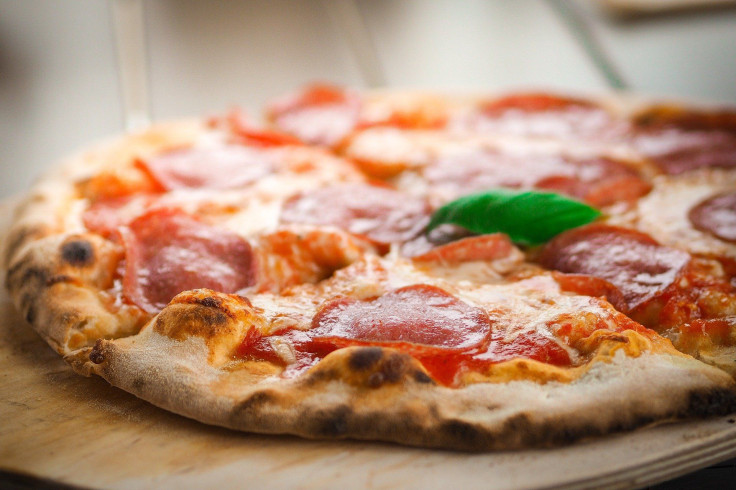Pizza Science: Scientists Develop Way To Make Pizza Crust Without Yeast
KEY POINTS
- Researchers developed a way to make pizza crust without using yeast
- The process is quite similar to creating carbonated soda
- Researchers are planning to create full-sized pizzas using the process
Do you love pizza but are allergic to the yeast usually used to leaven the crust? A team of researchers has developed a way to make the perfect pizza crust without using yeast.
The typical pizza crust has yeast as one of its main ingredients, along with water, flour and salt. Yeast is the ingredient that leavens the bread as a bio-chemical blowing agent by releasing carbon dioxide as a result of fermentation. "Taste, texture, and aroma," as well as aesthetics, are among the main reasons why air is incorporated in products such as pizza and bread, the researchers in the paper published in Physics of Fluid noted.
However, there are people who are allergic to yeast or are intolerant to it. Someone with a yeast allergy may experience symptoms such as dizziness, joint pain or breathing difficulties, while someone with yeast intolerance may experience gastrointestinal symptoms. There has also been growing interest in yeast-free products, which customers tend to consider to be of "higher quality" compared to products with yeast, the researchers added.
For their work, the researchers from the University of Naples Federico II developed a way to leaven pizza dough without the yeast. The team, which even included a professional pizza maker, prepared the dough and placed it in an autoclave that raises the temperature and pressure.
The American Institute of Physics (AIP) likened the following process to the one used in creating carbonated soda. The high pressure makes the gas dissolve into the dough. During baking, the bubbles then form in the dough as the pressure is released.
"A well-foamed pizza was achieved with densities and morphologies similar to the ones of a traditional dough with yeast," the researchers wrote. They evaluated the dough using rheology, or the "science of deformation of material."
However, the researchers cautioned that the process is more delicate than the process of carbonating soda as the dough is more sensitive to a sudden change in pressure. Through their rheological analysis, they were able to "fine-tune" the process so as to get the desired effect.
"The key to the process is to design the pressure release rate not to stress the dough, which likes to expand gently," Ernesto Di Maio, one of the study authors and also someone with a yeast allergy, said in the AIP news release.
"You have to reduce the pressure while it's becoming solid," Di Maio added, as per Science. "If you are too late — you reduce the pressure after the dough is solid — then it cracks. … If the pressure release is too early … it collapses."
Although the researchers' work tested only golf-ball-sized pieces of dough, they are already purchasing a larger autoclave where they can hopefully make full-sized pizzas, the AIP noted. The hope is to utilize the idea in pizza shops or perhaps even in other products that typically need to be leavened.
"This new technology can drive the development of new products, new dough formulations, and specific recipes for food intolerance, hopefully helping people enjoy healthy and tasty food," Di Maio said.

© Copyright IBTimes 2024. All rights reserved.












